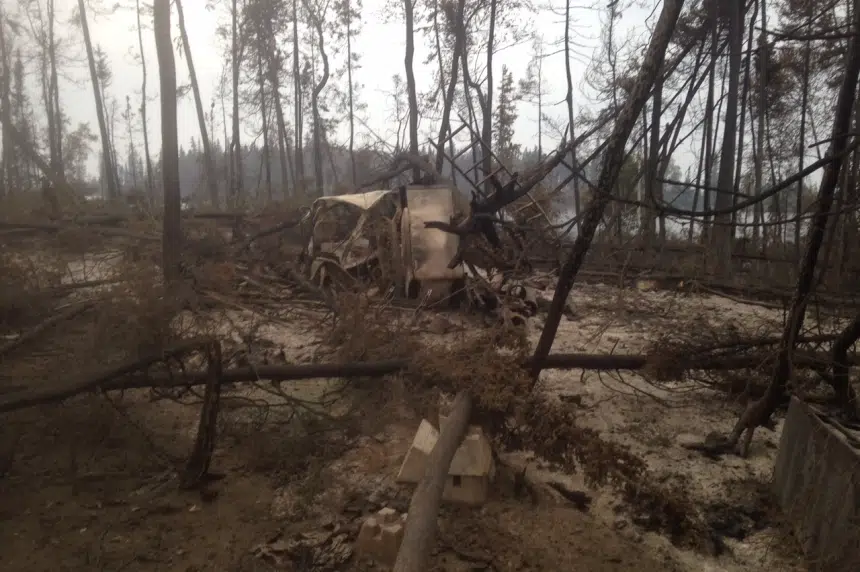Although wildfires need to be controlled when they threaten people and their homes, a Saskatchewan professor studying forest fire regrowth says they’re crucial to the forest’s survival.
Without the fires, Saskatchewan’s boreal forest as we know it wouldn’t exist according to Jill Johnstone, an associate professor of biology at the U of S. She said in the absence of fire, moss would take over the forest and snuff out the nutrients trees depend on.
“Moss grows really, really well and the thing that keeps it from taking over everything is the occasional fire,” she said.
That means the same area of forest doesn’t need to burn every year, or even every ten years. In fact, Johnstone said a forest can withstand not having a fire for about 100 years before it starts to deteriorate. But because there’s so much vegetation in northern Canada, some areas can go that long without being hit by a wildfire. She said areas that have recently burned are less likely to burn again for about the next three decades.
Fires also allow pine cones to release their seeds, Johnstone explained. The sealed cones heat up and slowly open in the year after the blaze, releasing a large amount of seeds that become the new crop of trees.
“New trees have a really hard time re-generating in the absence of fire,” she said, adding fires not only help spread the seeds but also clear out the forest floor so that they can grow.
Johnstone said a forest will regenerate within a decade, with conifers like spruce and pine taking closer to 20 years to reach the height of an average adult. While a scorched forest in its early years of regrowth may look unappealing, Johnstone said fire scars are a defining feature of our northern landscape. The habitat contains blueberries, morel mushrooms and shrubs that moose like to eat, and attracts new bird and insect species, she said.
“So if we didn’t have those young fire scars, we’d actually be missing out on a whole bunch of really important aspects of our ecosystems that we treasure.”
Not only are forest fires beneficial, Johnstone points out they’re also impossible to avoid. She said it’s important for people to consider that notion when building roads and communities in places like northern Saskatchewan.
“Understanding what we need to do to protect lives and property, but being prepared for more fire because it’s part of the way these systems work,” Johnstone said.
“Then we can be thinking about ways that we can live with fire.”
Follow on Twitter: @BreezyBreMc











